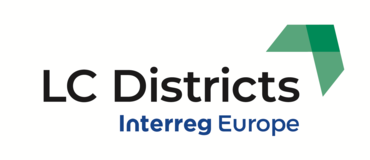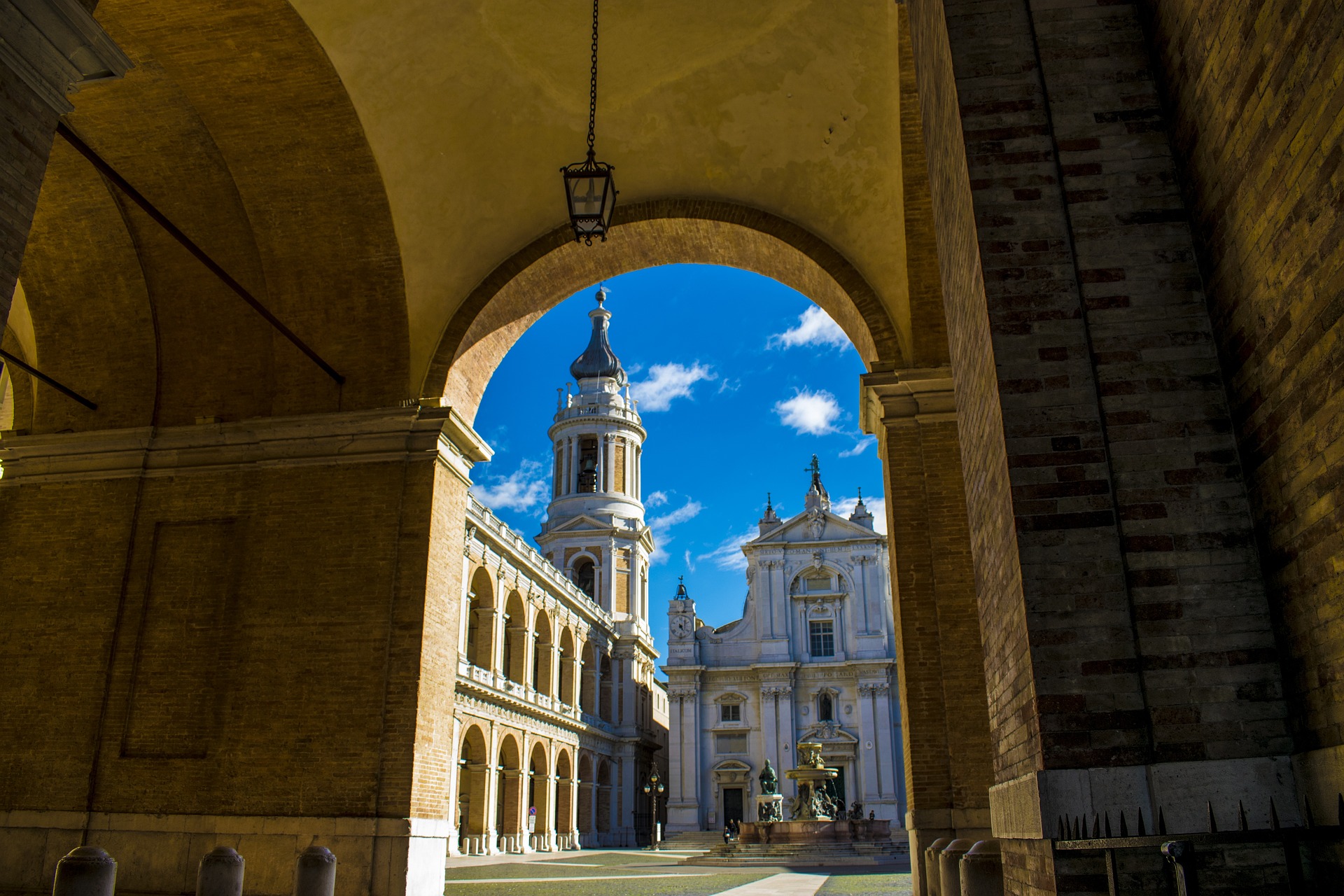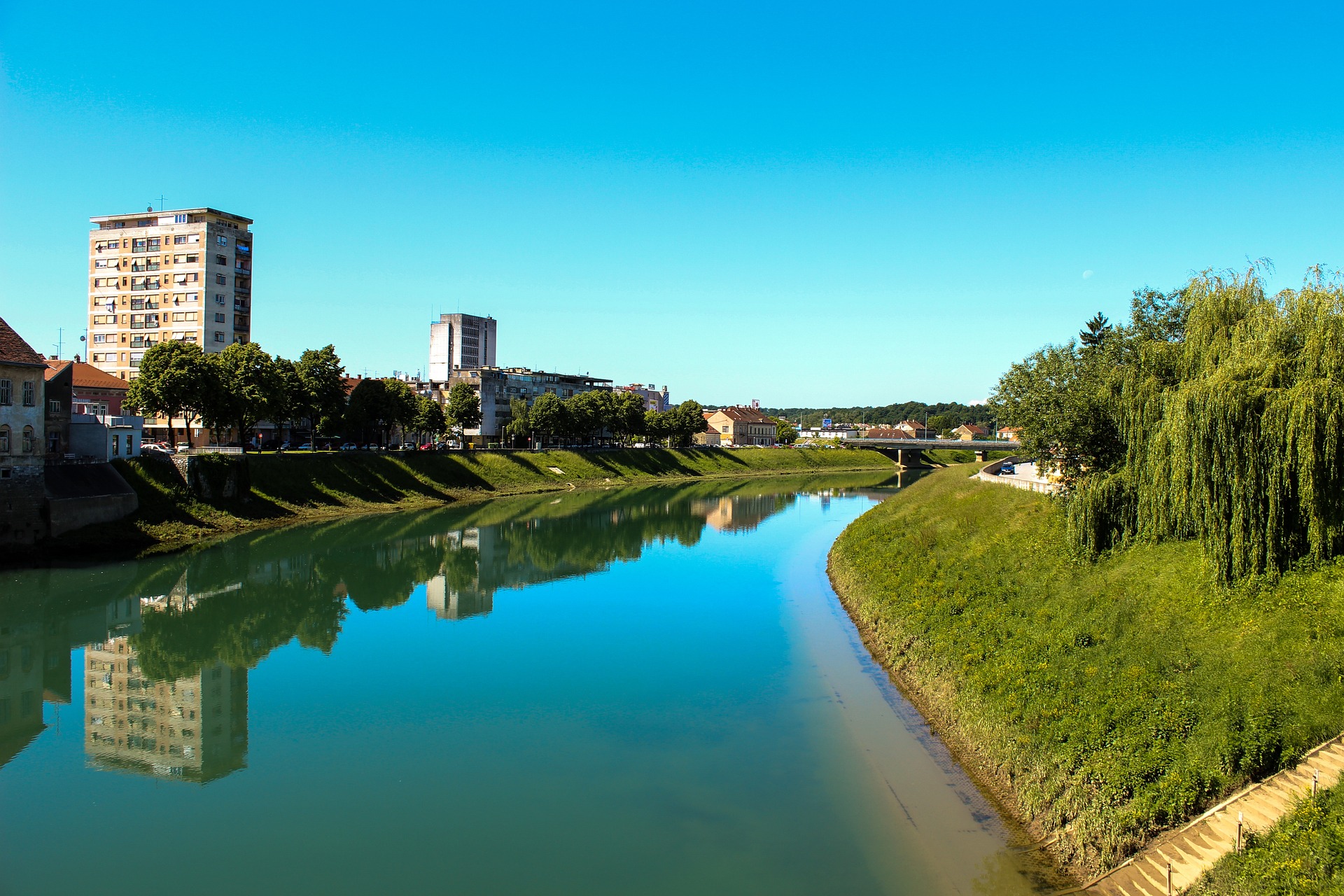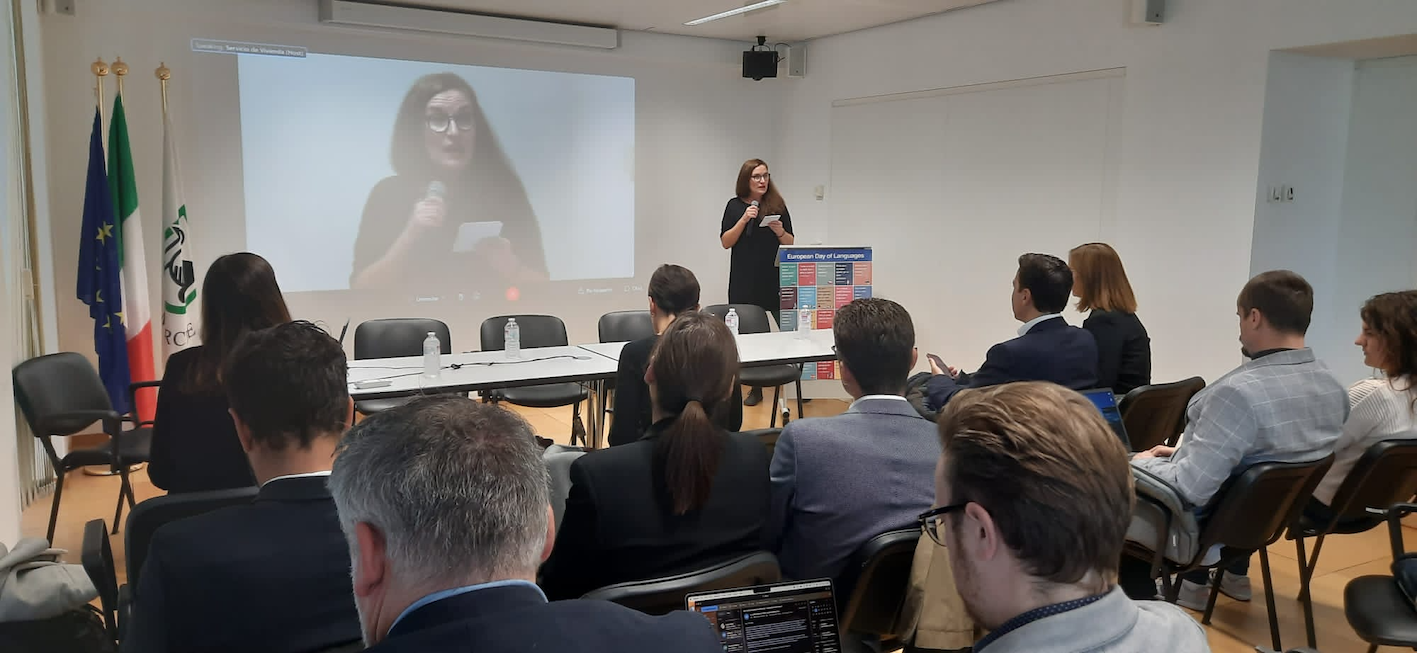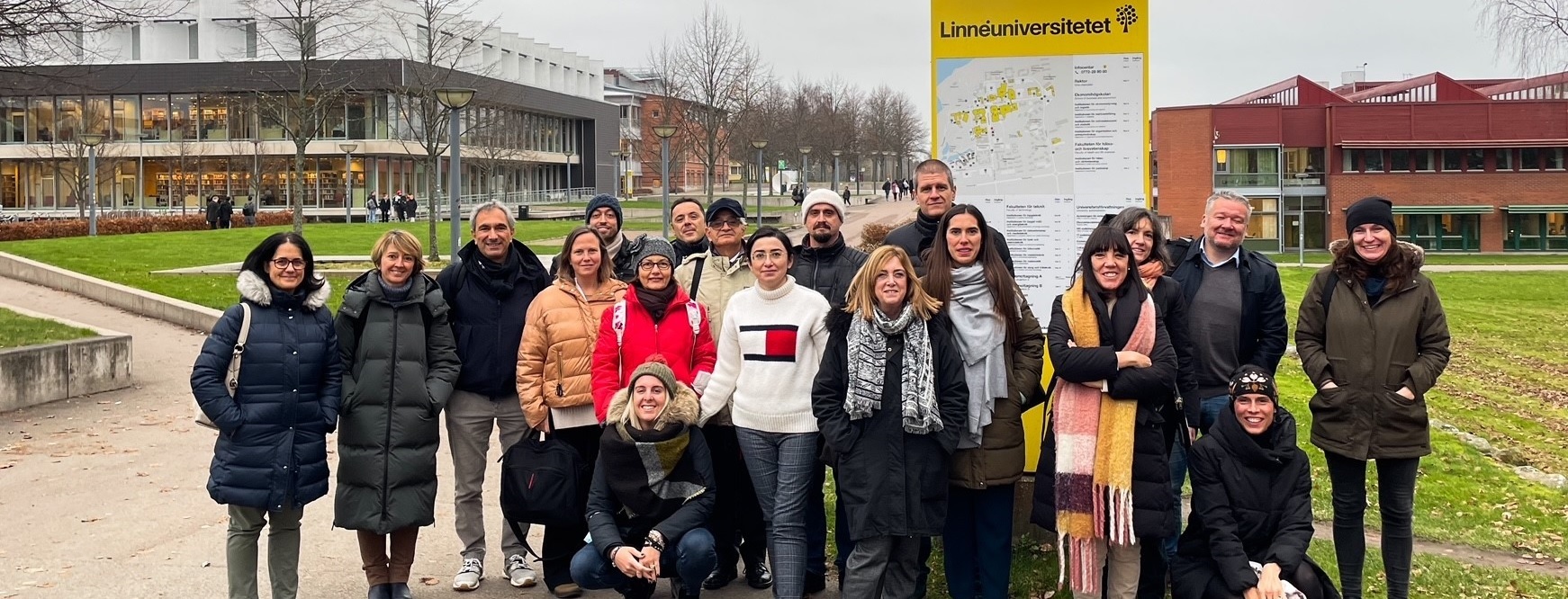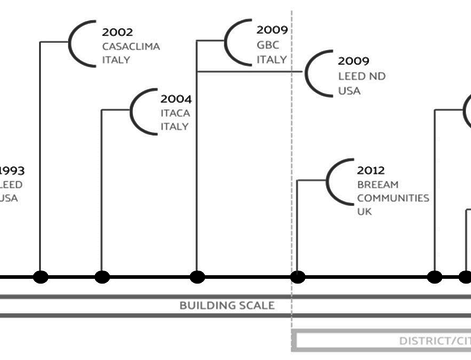Authors:
Massimo Sbriscia ([email protected]) and Lorenzo Federiconi ([email protected]) - Marche Region;
Paolo Lucattini ([email protected]) - Coordinator of ITACA Urban Scale Working Group, Toscana Region
With the technical support of Svim Working Group
In the Marche Region, a small region in central-east Italy characterized by about one million and a half inhabitants, buildings are responsible for approximately 27,9% of energy consumption and 17,4% of CO2 emissions.
During the last decades, the significant impact of buildings on the environment and people’s lives in cities has been progressively recognized. Typically when talking about energy efficiency and renewable energy production in buildings, the focus tended to be mainly on individual buildings.
Therefore, the integration of the concept of sustainable development in the design and construction sector stimulated the research activity in the field of assessing the environmental performance of buildings. (1)
In this framework, several building sustainability assessment tools (called protocols) have been developed (e.g. BREEAM, 1990, UK; LEED, 1993, US). In Italy: the Green Building Council Italia (2009-GBC Italia), the protocol of the Istituto per l'Innovazione e la Trasparenza negli Appalti e la Compatibilità Ambientale (2004-ITACA) and the protocol of the Agenzia CasaClima-KlimHaus (2002-CasaClima).
Since the first decade of the 2000s, there has been a change of perspective in the global scenario that has emphasized the multidimensionality of the unsustainability of cities, leading to a broadening of the spectrum of analysis of environmental sustainability assessment protocols at the urban scale.
In Italy, ITACA was among the first to develop an urban-scale protocol in 2016. Then, in December 2020, on initiative of a broad representation of the regions, a synthetic version of the Urban Scale Protocol was approved to simplify its use and encourage its dissemination. Marche Region was one of the main promoters in Italy for the development of the ITACA Urban Scale protocol.
ITACA Protocol Urban Scale is a multi-criteria assessment system for the evaluation of environmental sustainability of an urban context. Starting from a set of basic assessment items, the ITACA Protocol Urban Scale aims to provide a final performance score, indicative of the sustainability level of the urban settlement. The constituent elements of the evaluation method can be summarized as follows:
- a set of evaluation items, called criteria;
- a set of quantities, called indicators, which allow to quantify the performance of the urban area in relation to each criteria. The criteria were distributed in a series of thematic areas that try to define the complexity of urban quality; governance; urban morphology; landscape integration; quality of the design (bld./site); public spaces; urban metabolism; biodiversity; adaptation; mobility / accessibility; social and functional diversity; economic-social effects.
The objective of this protocol, which will act in synergy with other protocols relating to building sustainability and facilitate appropriate responses to urban regeneration, is to provide a cross-scale assessment that will measure the sustainability level of interventions in urban environments ranging in size from the block to the city. This protocol will be useful for public planning bodies and all those stakeholders in developing or transforming urban areas. In order to implement its use also in support of financing programs at national level for urban regeneration.
Some regions refer to the Protocol for the urban planning of their particulars territories and also for the management of regeneration programmes in degraded urban areas (example European Regional Development Fund). The Protocol, in all versions has been made available on its website for free use.

(1) Díaz-López, C.; Carpio, M.; Martín-Morales, M.; Zamorano, M. Analysis of the scientific evolution of sustainable building assessment methods. Sustain. Cities Soc. 2019, 49, 101610.
